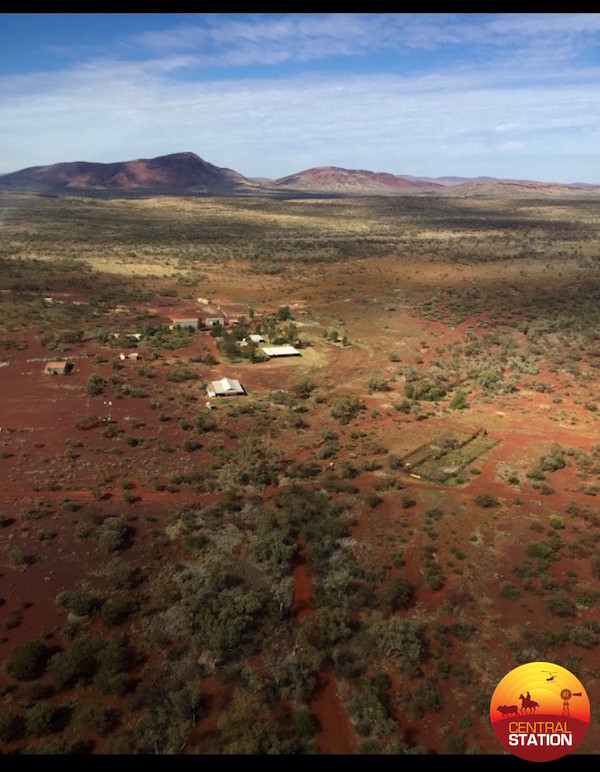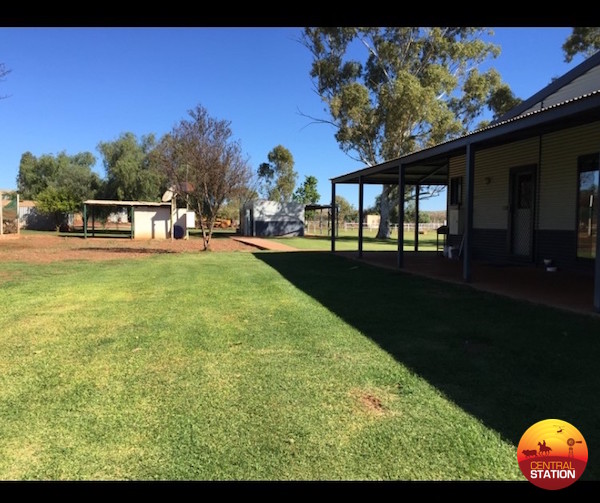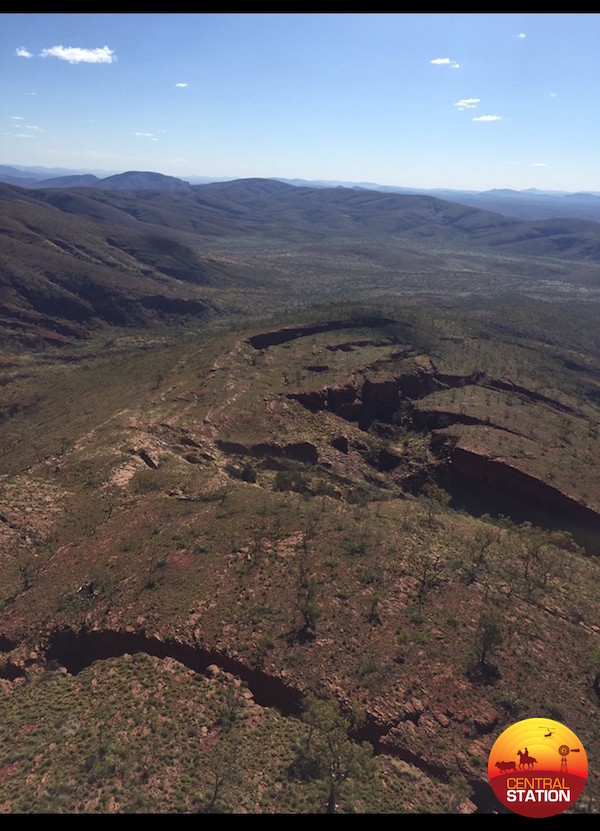A new home for our helicopters
Host: Fortescue Helicopters
Written by Weldon Percy – Owner & Chief Pilot, Fortescue Helicopters.
Juna Downs is the newly added operational base of Fortescue Helicopters. Juna Downs is a currently de-stocked WA Pastoral lease owned by Rio Tinto. It would have to be one of the most picturesque properties in the Pilbara, surrounded by the prestigious Karajini National Park. It is approximately a 150km drive from Newman, and about the same distance to Tom Price.
Juna Downs is situated right in the middle of the Pilbara and is very centrally located making it an ideal for base for our Aerial Mustering Operations.
 Juna Downs Station.
Juna Downs Station.
In the homestead complex, we are lucky to have two houses and a few self-contained rooms giving us plenty of room for all the crew and for the visitors we often have.
 Staff quarters and main house.
Staff quarters and main house.
After researching the History of Juna Downs, we have struggled to find much information on settlement before the early 1940’s. In more recent years, the lease of Juna was purchased by Rio Tinto as there are several iron ore mines on and around Juna, that Rio operate in conjunction with Hancock Prospecting.
The tallest peak in Western Australia, Mount Meharry, sits only 15km from the house nestled within the Hammersley range offering spectacular views of the station and surrounding national park in every direction. Mount Meharry elevation stands at 1249 metres or 4908 foot, it makes it only 15 metres higher than Mount Bruce which is closer to Tom Price.
 View from Mt Meharry.
View from Mt Meharry.
Travelling one hour from the station leads you to the Karajini National Park headquarters which is the gateway for access to all the gorges and waterfalls along the northern edge of the park. Approx 40km to the west of Juna Downs is Rio’s Hammersley Agricultural Project, or HAP. Founded due to excess water from mining projects here, they operate centre pivot irrigation systems growing Rhodes grass, oats, and lucerne for hay production which they then use for their own cattle stations and also on sell to other local graziers. Having hay available in this quantity in the middle of the Pilbara has been of benefit to the whole industry and in many cases reduced the cost of hay supply for several stations.
We are sure are grateful to live in this part of the world and thank Rio Tinto for the opportunity to live here. We look forward to a long and prosperous relationship working with them in the future.
